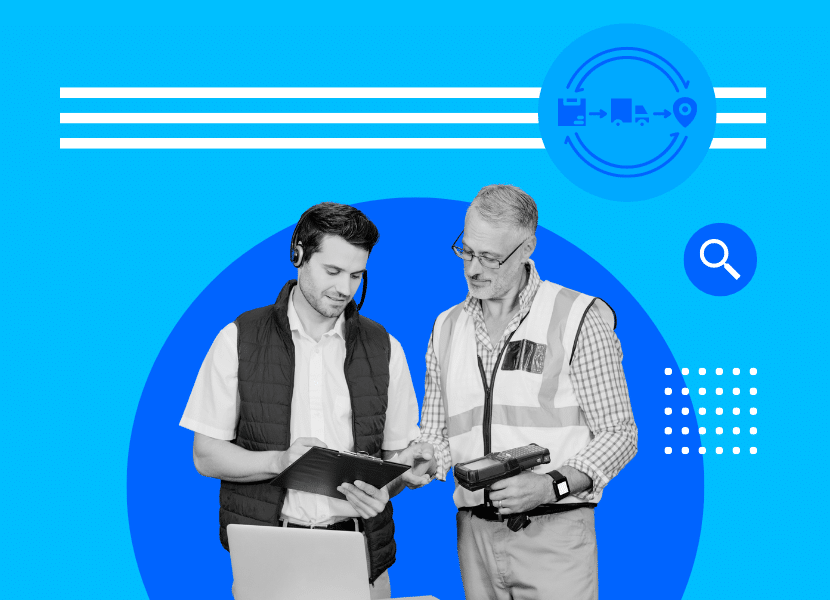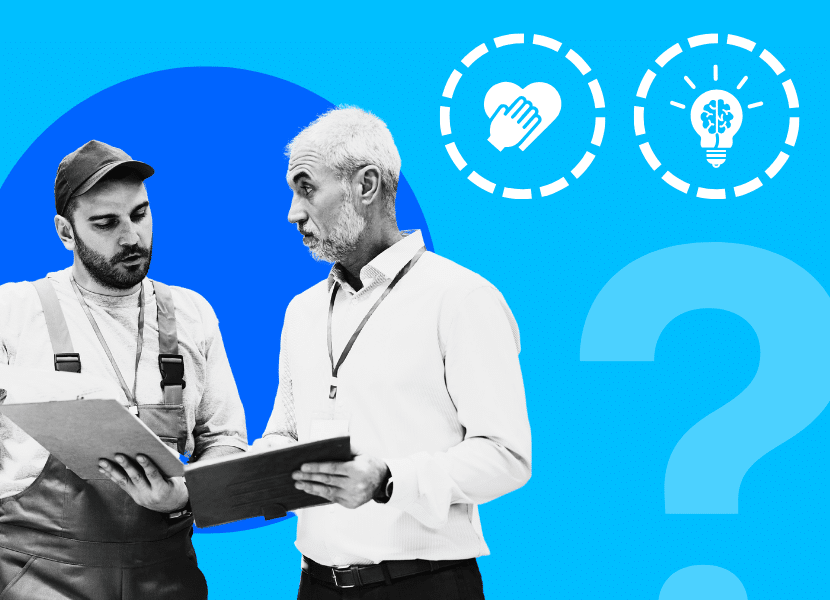We spoke with Pablo Sánchez, Regional Director for Advantage Colombia, Central America, and The Caribbean and Sofía de Grajeda, Director for Central America, to understand how COVID-19 is impacting life and retail in the region.
This is a wide and diverse region, spanning from 6 countries in Central America, to Puerto Rico, an Island in the Caribbean, also a US territory, and to Colombia, one of the largest countries in South America.
One of the challenges that has been common to all markets has been the need to adapt to the new “normal” of sanitary requirements, including the use of facemasks, social distancing, and constant handwashing. Businesses in the region, were not prepared for the transition to a remote work environment. This may have been due to lack of employee trust, technology issues, or both. However, this period has demonstrated that people can work from home, as efficiently or more so than in an office environment.
Many suppliers in the region have cut or eliminated their budgets, including advertising, research, and consulting, aiming to meet their profit goals despite imminent sales losses.
Consumer purchasing power has been significantly reduced, and despite government aid and subsidies, one of the segments that was the most impacted is known throughout the region as “informal economy”. This includes street vendors, construction workers, and others, particularly in countries where public transportation was limited or shut down.
Where has Advantage played a role? Suppliers have approached us suggesting we advise retailers in the region to consider the crisis when evaluating suppliers in their feedback, particularly on the difficulty in meeting forecasts and fill rates, and orders being on time and in full. Suppliers would also appreciate their retailer partners to acknowledge areas where their efforts were exceptional, especially, when orders were met well above forecast (in some cases even five times above the original quantity).

Q1 – Logistics: What kinds of challenges around logistics have taken place during the crisis? How have suppliers and retailers handled these challenges to prioritize their partnership and collaboration?
Supply chain has been a major challenge for both suppliers and retailers throughout the region, which in general, they have been able to manage. For example, in Central America, a small but diverse region with six different countries, in-land freight is the most efficient form of transportation, either between countries or from large manufacturing hubs like Mexico. However, having the border between Nicaragua and Costa Rica completely shut down due to sanitary concerns in Nicaragua, the supply chain was interrupted, forcing companies to find alternative supply sources, such as in Colombia and ocean routes, which were not readily available.
In Puerto Rico, where most of the goods are sourced from the US, their challenges have been managing complex and limited ocean routes, and ensuring that their suppliers were able to provide them with the goods required, particularly those that generated an unexpected demand, such as hand sanitizers, household disinfectants and cleaners, wet wipes, and paper products. This is because they have had to compete for these directly with the heightened demand in the United States.
It is important to note that Puerto Rico was better prepared than other countries for this crisis from a logistics perspective, since they are constantly hit by natural disasters, such as the annual hurricane season. Puerto Rico also experienced multiple earthquakes earlier this year. The main difference this time, was that services such as water, electricity, and roads we not interrupted, allowing for their supply chain to continue.
Another historical key issue in bringing imported goods into these countries has been the regulatory requirements, which in recent months have been expedited. Products that have had registrations become expired or come close to expiration, have been allowed in the countries under the promise that the companies will comply with renovation requirements. This has kept the supply chain flowing, reducing the possibility of out-of-stocks, particularly for “essential” items.

Q2 – Retailers: What actions have local retailers taken to help their suppliers and consumers during this period? How have they coordinated these efforts across markets?
As was the case around the world, the first step that retailers took during the pandemic was to ensure the safety of their employees and customers, while doing their best to maintain shelve stocks. In the early stages, when Supermarkets started to experience the incremental demand generated by “panic buying”, they were quick to react by stocking on essential items such as hand sanitizer, wet wipes, and even toilet paper and paper towels. But when suppliers could not keep up with the unexpected demand, they reactivated products previously delisted or being considered for delisting. To reduce the impact of out-of-stocks, retailers also reacted swiftly in registering new suppliers and products, particularly local small to medium sized companies which were not considered previously for distribution to chain grocery retailers.
In Puerto Rico, another challenge that grocery retailers faced was at the peak of the pandemic. Even though they could open, they were not permitted sell general merchandise as it was considered an unfair competition for general merchandise retailers that were not allowed to open.
Both retailers and suppliers have experienced significant growth in non-core categories, such as school supplies (due to attending on-line classes/home schooling), exercise equipment (due to gyms being closed), boards games to entertain the family, and all sorts of food items for more meals being prepared at home.
In this region, it was impressive to see how fast the “new” game rules were established, Retailers met with suppliers and agreed on how to operate, being clear on which products and categories were a priority and working better together to find solutions. From the beginning, retailers and suppliers set a positive example on how to successfully tackle the crisis through two behaviours: by being transparent in all processes, especially logistics, and by making joint pacts/agreements. Among the agreements, one that stands out was the temporary elimination of penalties for suppliers not meeting logistics KPI’s.
Additionally, “new retailers” have emerged throughout the region, such as hardware or department stores, particularly those located in closed malls. These retailers started selling groceries, thus meeting the government requirements to open, as groceries are considered essential items.

Q3 – Distribution/Foodservice: How have the foodservice and distributor channels been affected by the pandemic in the region? What are some examples of the actions taken by the foodservice and distributor divisions of local companies to alleviate hardship on their retailer partners?
This industry has been one of the most affected by the pandemic, and nowhere more than in Puerto Rico. When the economy was shut down, the foodservice industry was immediately impacted, as hotels, restaurants, bars, and other businesses were closed. Some foodservice distributors reported a 60 to 70% drop in sales in their foodservice divisions, including food, beverage, liquor, as well as paper products.
Foodservice distributors throughout the region have been forced where possible to adapt and repack the larger/foodservice items to smaller packs fit for sale in the grocery channel, which continues to thrive during the pandemic.
At the height of the pandemic, an excellent example of collaboration between industries arose. Local Supermarket Chain SuperMax and Grupo Colón Gerena, operator of temporarily closed Red Lobster and Sizzlerrestaurants in Puerto Rico, agreed on an alliance designed to safeguard over 150 restaurant employees, relocating them to supermarket operations to help the supermarket chain manage the increased consumer demand.
As of July 1st, the Governor of Puerto Rico extended the nation’s nightly curfew from 8:00 pm to 10:00pm. This will allow restaurants, movie theaters, and other establishments to remain open longer, signaling a long awaited, slow start of the recovery of the industry.
Q4: Given the high growth of e-commerce in the region, were retailers prepared for new demands from this channel? Have suppliers been supportive of retailers’ e-commerce needs?
In general, retailers were not prepared for the growth of e-commerce brought by the pandemic. Experts have commented that in the last two months, retailers and business in general have pushed forward their e-commerce plans for the next two years. They had to quickly adapt and accelerate their mid to long term plans to start now! This included plans for their websites, online product offerings, applications, social media marketing, sales and promotional campaigns, and their delivery options.
Throughout the region, orders can be placed to retailers by phone, WhatsApp/text, webpage, app, and other platforms, all with different product portfolio offerings. Delivery can also vary in models such as: 1) Curbside pick-up, 2) Express (small quantities, quick delivery), and 3) Large quantity orders (2 to 3-day delivery).
According to a Forbes Colombia article, “This is the moment to adapt, advance, restructure and digitize the way of interacting with people and channels through which sales are made. While uncertainty and generalized fear increase in society, now, more than ever, retail and FMCG companies are fighting to adapt, seeing a great opportunity for building optimized digital platforms”.
The Pandemic has accelerated e-commerce around the world and this region has been no exception. Here are a few examples:
-
A retail chain in Central America saw its online sales grow by over 400% in the past couple of months.
-
Through strategic alliances with “Last Mile” delivery companies throughout the region such as Rappi, Uber/Eats, Glovo, and Hugo, both these companies and retailers have seen their revenue grow exponentially. We have also seen the rapid growth of online supermarkets such as CornerShop, which has been recently acquired by Uber. In Central America, a leading grocery retailer joined forces with car-rental companies to repurpose their operations for express deliveries. These car-rental companies were otherwise sitting idle due to the lack of tourism. An article from puertoricoecomerce.com indicated that “Many companies that contemplated integrating e-commerce to their business model have advanced their plans and opened online stores, so they have been able to continue operating both physically and online (even if their online operations are temporary).”
In summary, e-commerce has played a key role during the pandemic, and it is here to stay. It will be a differentiator and a competitive advantage in both the short-term and future of retail.
This interview was originally published as part of InFocus: https://www.advantagegroup.com/infocus-july15





